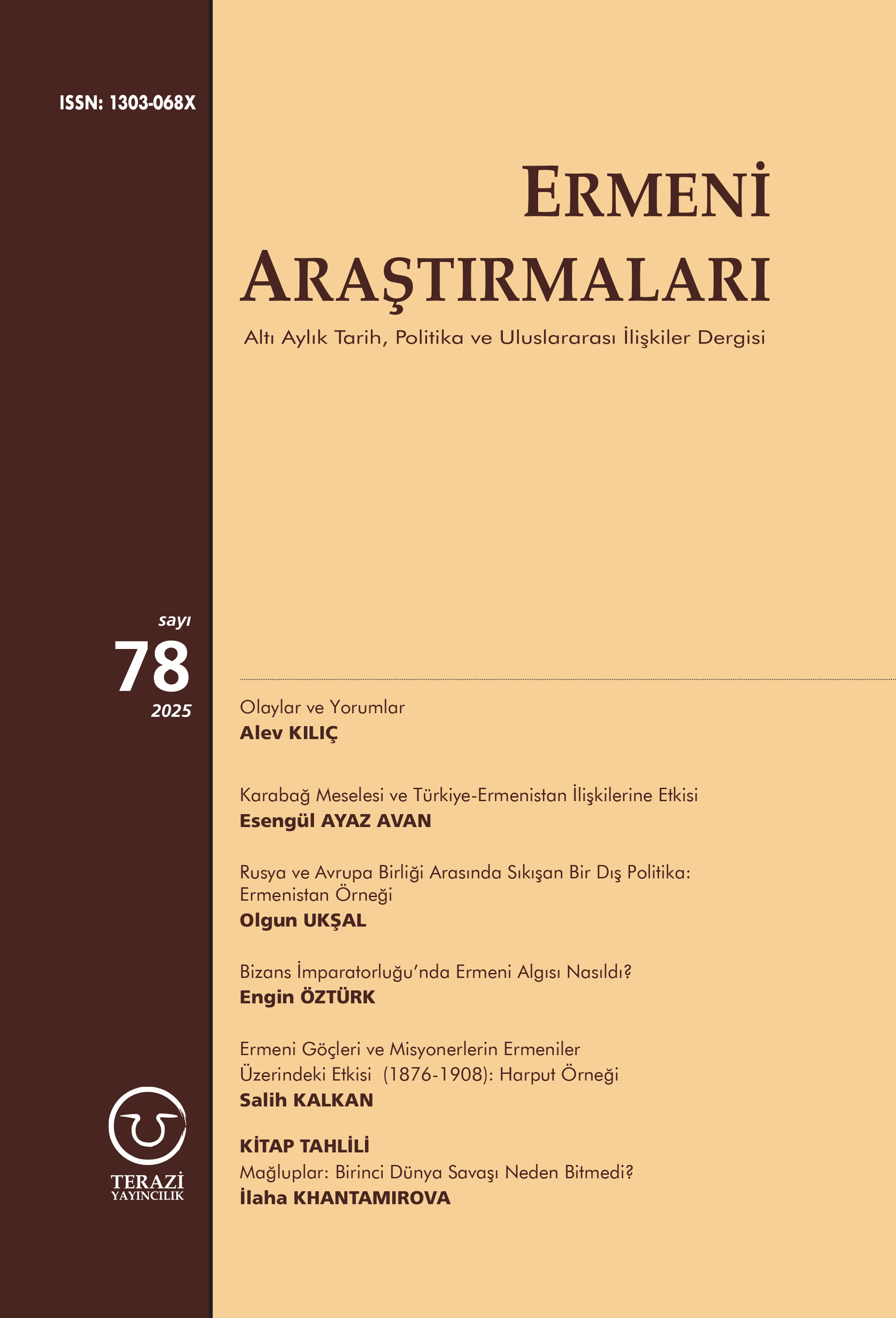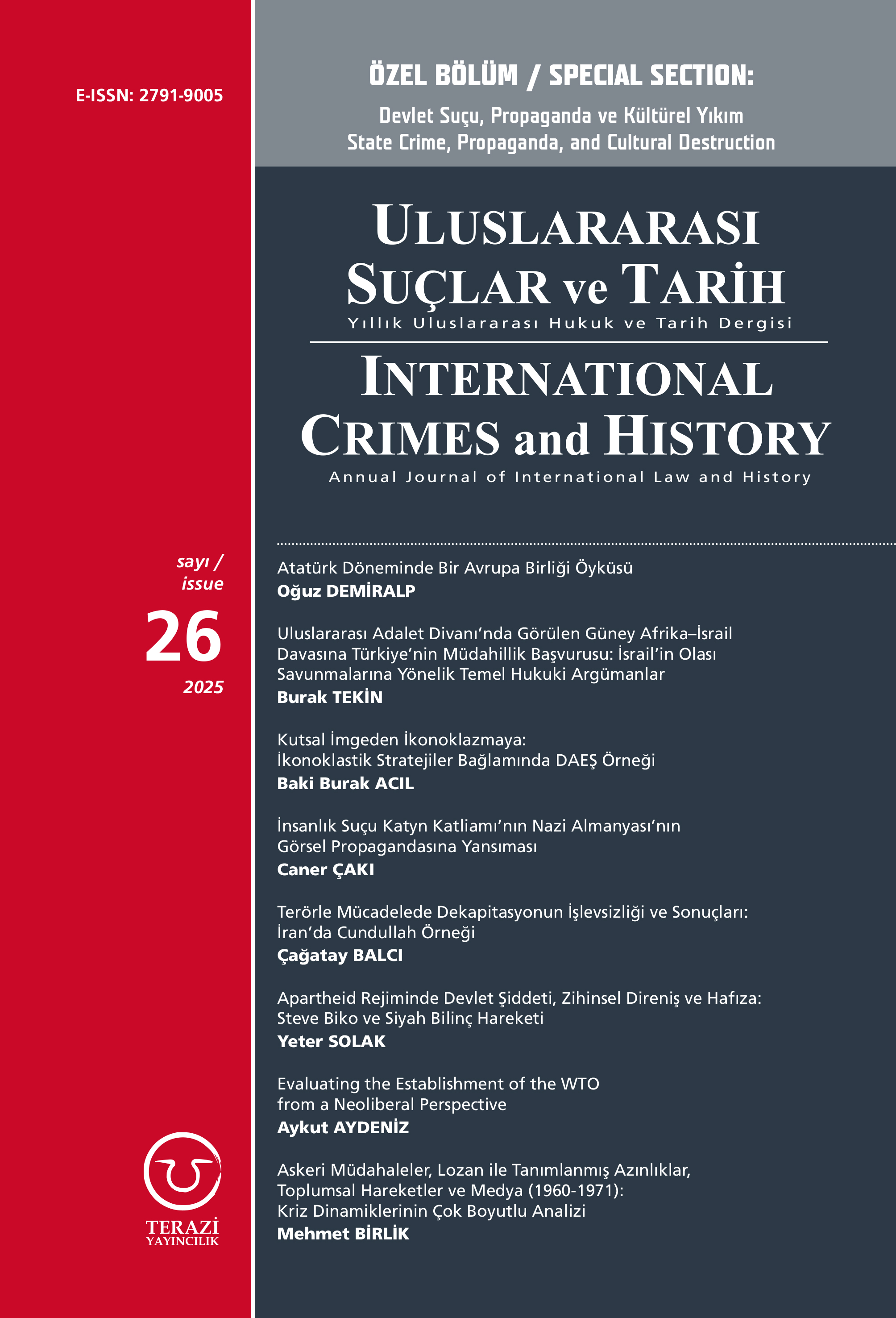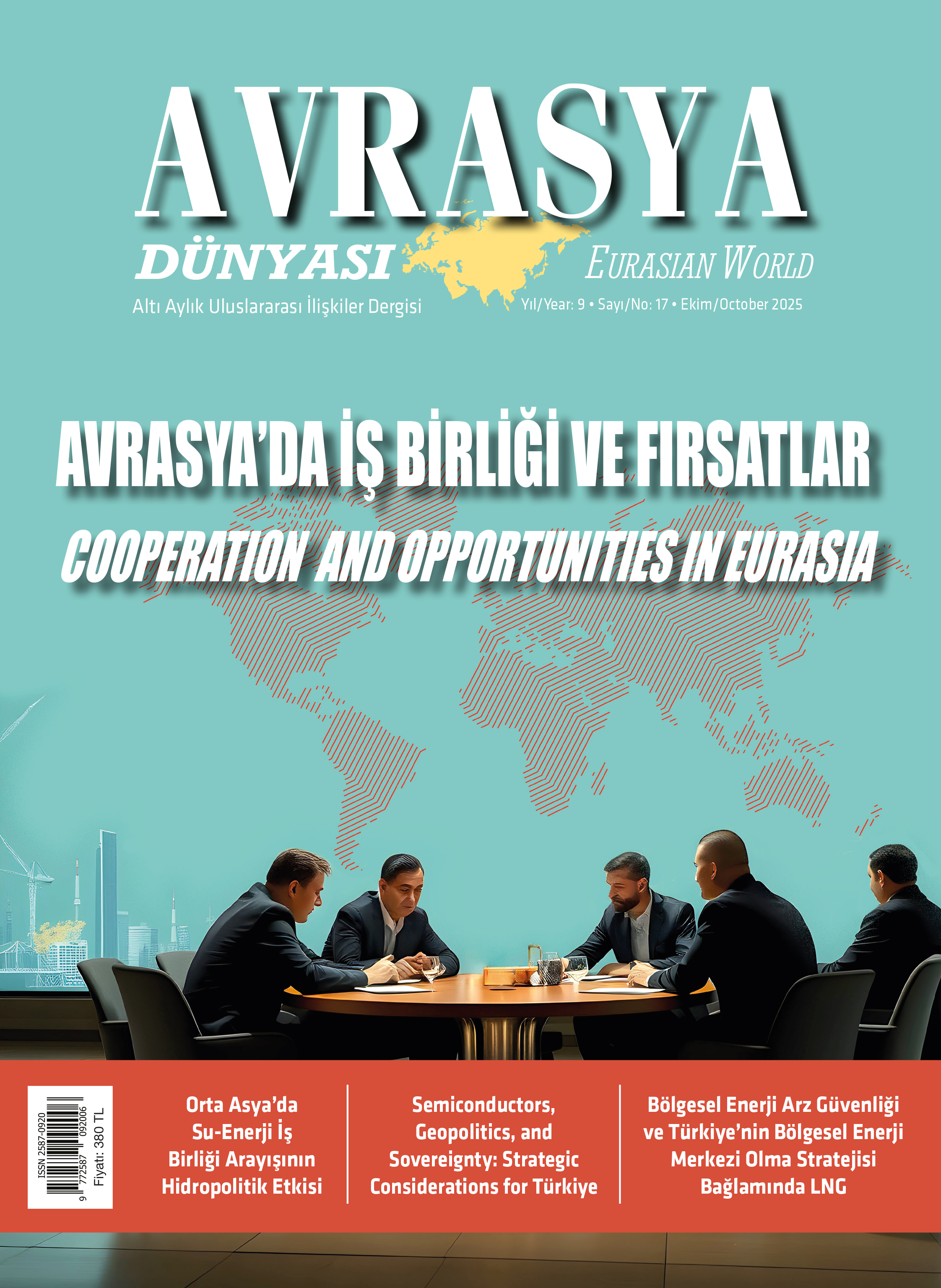
1.Introduction: Operational Realities and Legal Inheritance
In the immediate wake of foundational debates about the endurance of legal order and regional agency (i.e., region-specific ownership) in the Black Sea, recent events are compelling littoral states and institutional partners to go beyond abstract principles and confront evolving operational realities. The region’s strategic environment is being reshaped not only by a resurgence of great power rivalry, but by the persistence of hybrid threats, the exposure of critical undersea infrastructure, and the urgent prioritization of maritime situational awareness. As the EU and NATO recalibrate their postures in response to the war in Ukraine, the establishment of initiatives such as the Black Sea Maritime Security Hub marks a decisive, if still contested, shift towards collective crisis management, technological integration, and cross-border response—with Türkiye, Romania, and Bulgaria increasingly at the operational center of these efforts.[1]
Yet, these innovations are not occurring in a legal vacuum. The vitality of the Montreux Convention and its attendant regulatory regimes continues to constrain and channel possibilities for cooperation, even as some EU strategies and regional proposals risk overlooking the centrality of Turkish stewardship and treaty-based limits on militarization. The challenge for Black Sea actors—arguably more acute in the summer and fall of 2025 than at any point since the Cold War—is to achieve a synthesis between technological adaptation, economic integration, and the preservation of legal-political equilibrium. With every unmanned monitoring system launched and pipeline protected, the underlying question remains: will operational boldness reinforce the inherited legal order, or unsettle it?[2]
This analysis both charts the unfolding operational responses and scrutinizes the lines where strategic necessity, alliance politics, and legal responsibility meet—a litmus test for the future of regional security architecture, not just in the Black Sea, but in contested maritime zones globally.
2. A Shifting Operational Environment
The operational landscape of the Black Sea in mid-2025 is increasingly defined by hybrid threats that challenge both maritime safety and regional sovereignty. Driven largely by the systematic application of Russian hybrid warfare tactics—GPS jamming, sabotage against undersea infrastructure, drone incursions, and coordinated cyber-attacks—littoral states have been compelled to rethink traditional maritime security doctrines and move toward more agile, multilateral responses. The significance of these threats is underscored by their direct impact on energy corridors, commercial shipping, and strategic communications, prompting NATO’s Black Sea members to intensify cooperation in crisis management, critical infrastructure protection, and operational intelligence sharing.[3]
Recent months have witnessed near-daily incidents of GPS jamming and electronic interference attributed to Russia, creating navigation risks for both commercial and military vessels and testing the resilience of local maritime forces. Alongside cyber warfare and disinformation campaigns, physical sabotage—targeting pipelines, cable networks, and port infrastructure—remains a persistent challenge, especially for Romania as it edges toward becoming the EU's leading gas producer by 2027. These pressures have catalyzed the formation of collective mechanisms such as the Black Sea Mine Countermeasure Task Group: first launched as a trilateral initiative by Türkiye, Romania, and Bulgaria, the task force now represents a vital regional layer of operational adaptation, tackling the threat posed by drifting sea mines and enabling a real-time response to intelligence vulnerabilities and kinetic threats.[4]
While the mine threat is urgent, the collaborative impetus for energy infrastructure security and the safeguarding of shipping lanes is becoming increasingly prominent. Romania’s defense leadership, supported by military planners in Türkiye and Bulgaria, is advocating for a transition from mine-clearance missions to active maritime patrols, broadening the remit of regional military cooperation and setting the stage for expanded joint naval exercises and early threat detection networks. These developments are testament to the willingness of regional actors to innovate security practice without breaching the principles of the Montreux Convention or substituting regional agency with external (non-littoral) dominance—a balancing act visible in the carefully calibrated structure of trilateral operational coordination. [5]
The summer of 2025 reveals a Black Sea region confronted by dense, evolving hybrid disruptions—responded to not by simple militarization, but by increasingly sophisticated regional mechanisms. These efforts serve not only as a bulwark against immediate threats but as a model for coordinated adaptation—preserving autonomy even in the face of external pressure and continually redefining what collective security means in Black Sea maritime practice.[6]
3. Littoral Agency and the Boundaries of Multilateralism
The collective adaptation of Romania, Türkiye, and Bulgaria in response to mounting hybrid threats in the Black Sea underscores an emerging—yet delicately balanced—model of multilateralism. This cooperation, though pragmatically driven by operational necessity, constantly navigates the legal contours established by the Montreux Convention, as well as the expectations of broader alliances such as NATO and the EU.[7]
As recent cooperation has deepened, subtle differences in strategic outlook have become apparent among the littoral states. While Romania has consistently called for greater NATO involvement in Black Sea security, seeing Moscow as the primary military risk, Türkiye has remained cautious, insisting on regional ownership and the continued primacy of Montreux-based legal constraints. The trilateral mine countermeasures task force conceived as an answer to the urgent threat of drifting sea mine exemplifies this approach and it intensifies information-sharing and real-time response capabilities without setting precedent for a wider, non-littoral military presence. [8]
External actors, especially the EU, have sought to institutionalize their role as dependable security partners in the region by launching the May 2025 Black Sea Strategy. This EU framework encourages connectivity and situational awareness and proposes the creation of a Black Sea Maritime Security Hub. Nevertheless, implementation remains tied to the willingness of littoral states to align these European initiatives with the legal and political sensitivities forged in decades of regional practice. Resistance to the internationalization of security management remains rooted in the need to preserve freedom of agency and to avoid unintended escalation from both Russian militarization and Western overextension.[9]
Agency in the Black Sea is neither a simple function of sovereignty nor a straightforward exercise in alliance solidarity. Rather, it is crafted through careful negotiation between the operational imperatives of new security threats, the historical constraints of multilateral conventions, and the often competing strategic logics of regional and external powers. While operational cooperation among littoral states is evolving, its future will depend on maintaining consensus around the boundary between necessary adaptation and the preservation of existing legal-political frameworks.
4. Maritime Security and Energy Corridors
As threat perceptions in the Black Sea become increasingly defined by energy vulnerability and disrupted maritime infrastructure, the interplay between security and geoeconomic interest intensifies. Recent years have transformed the region from a primarily transit and trade corridor into an energetic pivot point whose stability now holds direct consequences for European and global supply chains. The evolving EU Black Sea Strategy, adopted in 2025, positions maritime situational awareness, critical infrastructure protection, and seamless connectivity as mutually reinforcing pillars, reflecting both urgent security concerns and long-term economic ambitions.[10]
A key plank in this emerging architecture is the establishment of the Black Sea Maritime Security Hub, now being developed as a joint endeavor between the EU and littoral states. This initiative—complemented by unmanned systems, satellite intelligence sharing, and coordinated monitoring—prioritizes the defense of pipelines, offshore energy installations, and submarine cables, especially along the Romanian and Bulgarian coasts. The Hub’s operational emphasis on “real-time monitoring from space to seabed” and the use of underwater sensors and drones signals a departure from passive threat management toward initiative-taking, technology-driven response. Simultaneously, the area’s function as a strategic intersection is evident as the EU Connectivity Agenda seeks to align Black Sea transport, digital, and energy infrastructure with broader Eurasian and Central Asian corridors, amplifying the geoeconomic stakes for energy suppliers, transit states, and consumers alike.[11]
Yet, this intensification of external interest and technology integration also revives longstanding debates over agency and legal delimitation. Türkiye and other regional actors have generally welcomed advanced infrastructure security—as long as it does not become a vehicle for unchecked outside presence or erode Montreux-driven maritime sovereignty. Nevertheless, concerns persist that increased multinational monitoring and hub-based “early warning” could blur the boundary between economic partnership and security intervention, especially as NATO and the EU seek more holistic approaches across their Black Sea flanks.
In parallel, China’s expanding Belt and Road investments in Black Sea ports and logistics underscore another layer of complexity, introducing a multipolar dynamic into energy corridor competition and insecurity. While Beijing’s approach is often framed around commerce rather than naval projection, it adds weight to the regional imperative to harmonize development, sovereignty, and coordinated defense of strategic infrastructure—before vulnerabilities become leverage in great power rivalry.[12]
A rapidly evolving landscape in which the security of energy flows and communications links drives deeper maritime cooperation, advanced monitoring, and carefully hedged partnership is expanding the traditional boundaries of “Blue Homeland” doctrine without departing from the legal inheritance that continues to shape the Black Sea’s delicate order.
5. Reinforcing or Recasting the Framework?
The upsurge in operational adaptation among Black Sea littoral states driven by intensified hybrid threats and the geoeconomic urgency of safeguarding energy corridors raises a profound question: does contemporary multinational cooperation reinforce the legacy Montreux framework, or are we witnessing the slow recasting of the region’s legal order? The EU’s initiatives, from the Black Sea Maritime Security Hub to the Connectivity Agenda, exemplify ambitious efforts to synchronize maritime surveillance, protect critical infrastructure, and modernize cross-border trade and energy routes. However, framed within these efforts are unresolved tensions about the limits of external coordination and regional sovereignty.[13]
Increasingly, regional and outside actors alike recognize that the EU lacks independent naval capacity in the Black Sea, relying on coordinated efforts with NATO and local powers to implement its security vision. This operational reality has led to the intertwining of European, NATO, and regional mechanisms, each advancing elements of collective defense, information sharing, and infrastructure protection. Nonetheless, the ability to turn strategic initiatives into tangible results depends as much on mutual trust among littoral actors as on Brussels’ capacity for policy execution and several semi-academic assessments contend that local agency, legal restraint, and adaptation remain prerequisites for durable stability.[14]
On the one hand, joint crisis response centers, increased bilateral and trilateral exercises, and the regionally led mine-removal operations clearly extend the life of the Montreux system and underscore the principle of Black Sea stewardship. On the other, opponents warn that creeping internationalization—through expanded hubs, persistent NATO engagement, or digital monitoring networks—could eventually shift the needle towards a more flexible, precedent-based order, eroding established legal boundaries and Ankara’s mediating leverage.[15]
The balance thus remains precarious: Black Sea operational adaptation can reinforce regional frameworks only as far as it operates within the constraints of mutual consent, legal tradition, and measured external support. The evolution of this experiment in multinational boldness and careful agency will be watched closely beyond the region, setting a template for how maritime order and security are negotiated in other contested zones.
6.Conclusion and Continuity
The operational adaptations of 2025, while rooted in the realities of persistent hybrid threats, energy vulnerabilities, and complex alliance politics, have offered the Black Sea region both a warning and a template. On one hand, the deepening of trilateral cooperation among Türkiye, Romania, and Bulgaria—combined with new technological surveillance and EU-backed security hubs—demonstrate how a multilateral, practice-driven approach can reinforce legacy frameworks like Montreux, provided that regional agency remains at the core.
Yet the very success of these adaptations sharpens the strategic dilemma, as technology, energy interdependence, and external institutional interests escalate in scope and ambition, the borderlines of legal sovereignty and operational stewardship come under renewed pressure. In this regard, Black Sea’s future will not only be shaped by the ability of regional actors to resist efforts at further internationalization or indirect escalation, but by how prevailing narratives—Russian, Western, and emerging Chinese—are interpreted, mobilized, and contested in the policy discourse and security architecture to come.
It seems plausible to argue at this stage that understanding these discursive conflicts is now essential for determining the true boundaries and future durability of regional security arrangements in the Black Sea. In this context, the next phase of our analysis will move beyond the operational to address the question of who determines the boundaries of the order, the international narratives that determine them, and the contested areas of strategic vision and norm-making.
*Picture: Mavi Vatan, Mavi Vatan Instagram
[1] European Commission, “New EU strategy for secure, prosperous and resilient Black Sea region,” May 27, 2025, https://enlargement.ec.europa.eu/news/new-eu-strategy-secure-prosperous-and-resilient-black-sea-region-2025-05-28_en
[2] Teoman Ertuğrul Tulun, “INTEGRATING MONTREUX CONVENTION COMPLIANCE INTO EU BLACK SEA SECURITY ARCHITECTURE,” AVİM, June 30, 2025, https://avim.org.tr/en/Analiz/SOVEREIGNTY-AND-SYNERGY-INTEGRATING-MONTREUX-CONVENTION-COMPLIANCE-INTO-EU-BLACK-SEA-SECURITY-ARCHITECTURE
[3] L. Anghel, “Analysis of Hybrid Risks and Information Warfare in the Black Sea Region” (Bucharest: CMJ Publishers, July 2025), https://www.cmjpublishers.com/wp-content/uploads/2025/07/analysis-of-hybrid-risks-and-information-warfare-in-the-black-sea-region.pdf
[4] Jakub M. Godzimirski and Andreea Mitrescu, “Hybrid Frontlines: Russian Threats and the Future of Maritime Infrastructure in the Black Sea and the North Sea,” NUPI Policy Paper, July 6, 2025, https://www.nupi.no/en/publications/cristin-pub/hybrid-frontlines-russian-threats-and-the-future-of-maritime-infrastructure-in-the-black-sea-and-the-north-sea
[5] Anadolu Agency, “Türkiye, Romania, and Bulgaria Establish Task Force to Demine Black Sea,” June 30, 2024, https://www.aa.com.tr/en/europe/turkiye-romania-and-bulgaria-establish-task-force-to-demine-black-sea/3263294; Witold Rodkiewicz, “Romania, Bulgaria and Turkey in the Black Sea Region: Increased Security Cooperation,” OSW Commentary, June 25, 2025, https://www.osw.waw.pl/en/publikacje/osw-commentary/2025-06-26/romania-bulgaria-and-turkey-black-sea-region-increased
[7] College of Europe, “The Black Sea: Europe’s Strategic Frontier and the EU’s Emerging Maritime Vision,” October 2, 2025, https://www.coleurope.eu/newsarticles/black-sea-europes-strategic-frontier-and-eus-emerging-maritime-vision
[8] Teoman Ertuğrul Tulun, “Guardianship or Equilibrium? Power, and the Legacy of Order in the Black Sea,” AVİM, 2025, https://avim.org.tr/en/Analiz/GUARDIANSHIP-OR-EQUILIBRIUM-POWER-AND-THE-LEGACY-OF-ORDER-IN-THE-BLACK-SEA
[9] New EU strategy for secure, prosperous and resilient Black Sea region, European Commission, May 27, 2025, https://enlargement.ec.europa.eu/news/new-eu-strategy-secure-prosperous-and-resilient-black-sea-region-2025-05-28_en
[10] European Commission, “New EU strategy for secure, prosperous and resilient Black Sea region,” May 27, 2025, https://enlargement.ec.europa.eu/news/new-eu-strategy-secure-prosperous-and-resilient-black-sea-region-2025-05-28_en ; EU, “EU Strategic Approach Black Sea Strategy.pdf,” May 27, 2025, https://enlargement.ec.europa.eu/document/download/170d9b3a-d45f-4169-80fa-9adb753c0921_en?filename=EU+Strategic+Approach+Black+Sea+Strategy.pdf
[11] College of Europe, “The Black Sea: Europe’s Strategic Frontier and the EU’s Emerging Maritime Vision,” October 2, 2025, https://www.coleurope.eu/newsarticles/black-sea-europes-strategic-frontier-and-eus-emerging-maritime-vision ; 1. “A Strategy Long Overdue: The EU's New Vision for the Black Sea,” RUSI, May 27, 2025, https://my.rusi.org/resource/a-strategy-long-overdue-the-eus-new-vision-for-the-black-sea.html .
[12] NATO Parliamentary Assembly, “2025 - BLACK SEA - REPORT - HARANGOZO - 017 ESCTD,” June 2025, https://www.nato-pa.int/document/2025-black-sea-report-harangozo-017-esctd ; “The Black Sea Has Become the Fulcrum of Europe’s Security,” Carnegie Europe, June 18, 2025, https://carnegieendowment.org/europe/strategic-europe/2025/06/the-black-sea-has-become-the-fulcrum-of-europes-security?lang=en.
[13] College of Europe, “The Black Sea: Europe’s Strategic Frontier and the EU’s Emerging Maritime Vision,” October 2, 2025, https://www.coleurope.eu/newsarticles/black-sea-europes-strategic-frontier-and-eus-emerging-maritime-vision .
[14] Deutsche Welle, “EU plans new 'maritime security hub' in Black Sea region,” May 28, 2025, https://www.dw.com/en/eu-plans-new-maritime-security-hub-in-black-sea-region/a-72704500.
[15] European Union External Action, “Questions and answers on the European Union's strategic approach to the Black Sea region,” May 28, 2025, https://www.eeas.europa.eu/delegations/armenia/questions-and-answers-european-unions-strategic-approach-black-sea-region_en.
© 2009-2025 Center for Eurasian Studies (AVİM) All Rights Reserved
No comments yet.
-
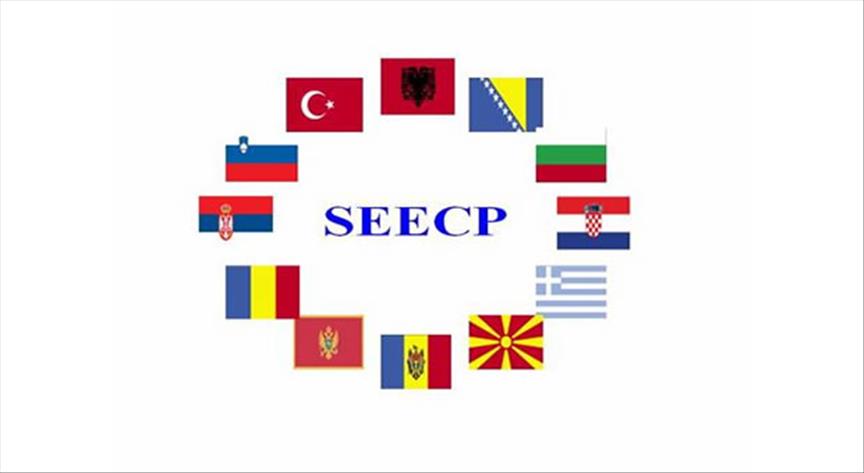 TURKEY HAS ASSUMED THE CHAIRMANSHIP-IN-OFFICE OF THE SOUTH EAST EUROPE COOPERATION PROCESS (SEECP)
TURKEY HAS ASSUMED THE CHAIRMANSHIP-IN-OFFICE OF THE SOUTH EAST EUROPE COOPERATION PROCESS (SEECP)
Teoman Ertuğrul TULUN 17.07.2020 -
 ITALIAN REACTION TO THE CAROLINGIAN EU PROJECT
ITALIAN REACTION TO THE CAROLINGIAN EU PROJECT
Teoman Ertuğrul TULUN 11.04.2019 -
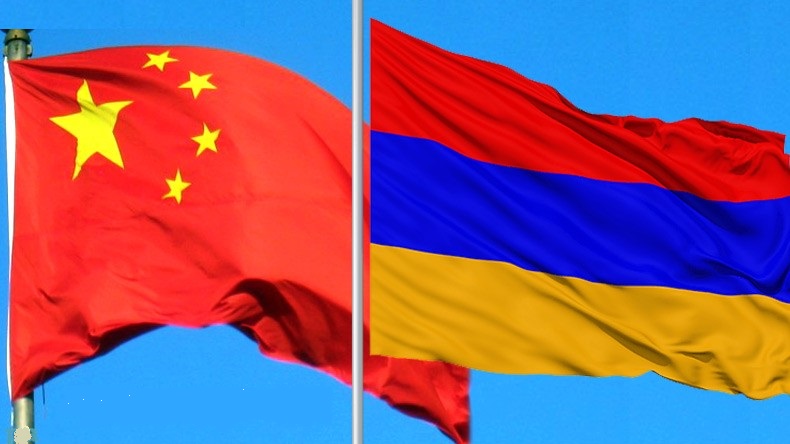 THE DURABILITY OF SILK IN MOUNTAINS OF CAUCASUS: CHINA AND ARMENIA
THE DURABILITY OF SILK IN MOUNTAINS OF CAUCASUS: CHINA AND ARMENIA
Teoman Ertuğrul TULUN 13.09.2017 -
 SWEDEN’S CORONAVIRUS FIGHT STRATEGY AND BITTER MEMORIES OF PAST EUGENIC PRACTICES
SWEDEN’S CORONAVIRUS FIGHT STRATEGY AND BITTER MEMORIES OF PAST EUGENIC PRACTICES
Teoman Ertuğrul TULUN 04.05.2020 -
 1934 PACT OF BALKAN ENTENTE: THE PRECURSOR OF BALKAN/SOUTHEAST EUROPE COOPERATION
1934 PACT OF BALKAN ENTENTE: THE PRECURSOR OF BALKAN/SOUTHEAST EUROPE COOPERATION
Teoman Ertuğrul TULUN 06.08.2020
-
 FRANCE 24-THE OBSERVERS PROGRAMME AND FAKE NEWS
FRANCE 24-THE OBSERVERS PROGRAMME AND FAKE NEWS
Mehmet Oğuzhan TULUN 20.10.2020 -
 ATTEMPTS TO UNDERMINE THE NORMALIZATION PROCESS OF TÜRKİYE - ARMENIA RELATIONS
ATTEMPTS TO UNDERMINE THE NORMALIZATION PROCESS OF TÜRKİYE - ARMENIA RELATIONS
Hazel ÇAĞAN ELBİR 29.12.2022 -
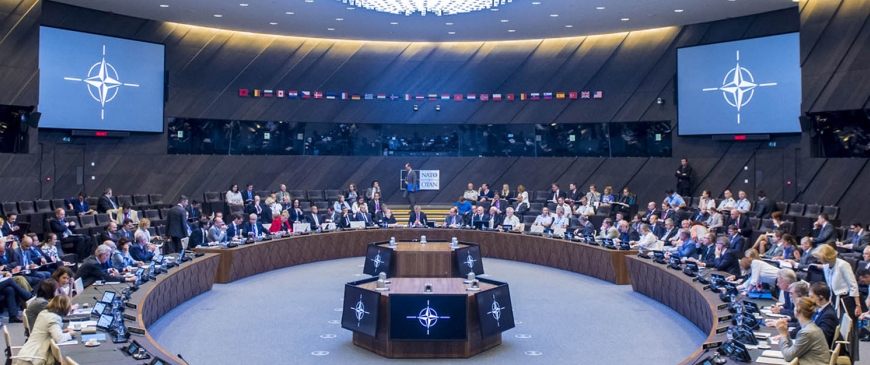 NATO AT SEVENTY
NATO AT SEVENTY
Aslan Yavuz ŞİR 03.04.2019 -
 CENTURY OLD “WHITE SUPREMACISM” AND THE FAR-RIGHT’S RISE IN SWEDEN: A CREDIBLE CHALLENGE TO PROGRESSIVE VALUES AND POLICIES?
CENTURY OLD “WHITE SUPREMACISM” AND THE FAR-RIGHT’S RISE IN SWEDEN: A CREDIBLE CHALLENGE TO PROGRESSIVE VALUES AND POLICIES?
Teoman Ertuğrul TULUN 25.01.2018 -
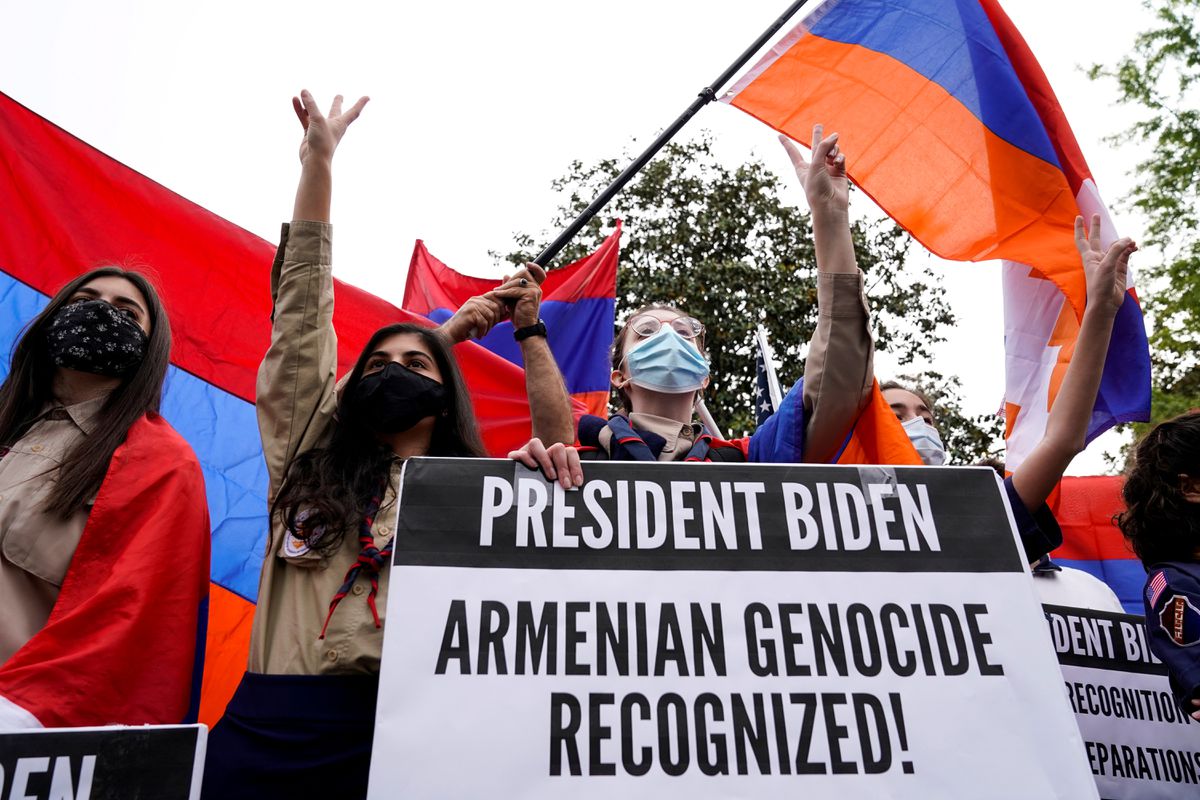 GENOCIDE ACCUSATION AS A FORM OF PUNISHMENT - III
GENOCIDE ACCUSATION AS A FORM OF PUNISHMENT - III
Mehmet Oğuzhan TULUN 27.04.2021
-
25.01.2016
THE ARMENIAN QUESTION - BASIC KNOWLEDGE AND DOCUMENTATION -
12.06.2024
THE TRUTH WILL OUT -
27.03.2023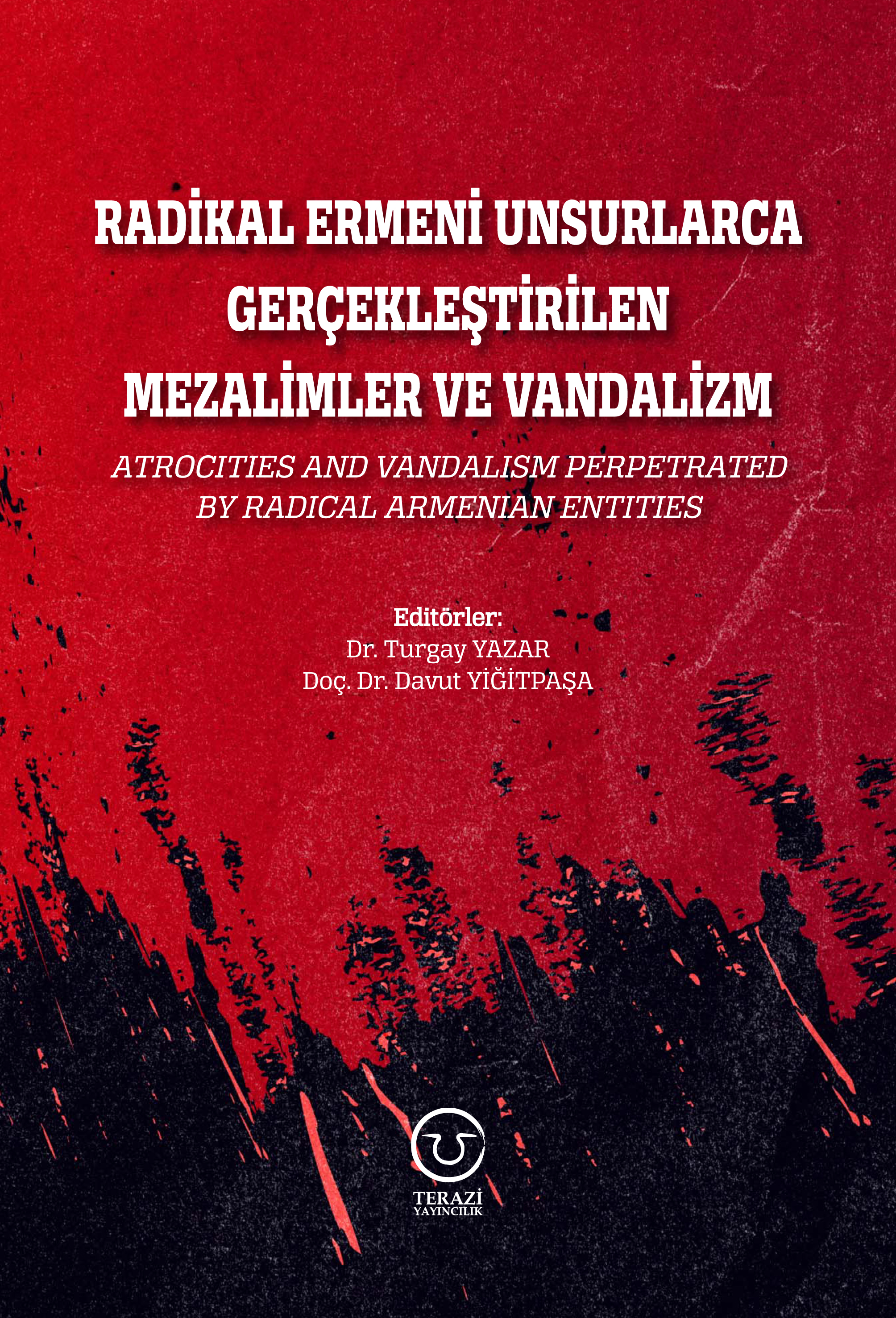
RADİKAL ERMENİ UNSURLARCA GERÇEKLEŞTİRİLEN MEZALİMLER VE VANDALİZM -
17.03.2023
PATRIOTISM PERVERTED -
23.02.2023
MEN ARE LIKE THAT -
03.02.2023
BAKÜ-TİFLİS-CEYHAN BORU HATTININ YAŞANAN TARİHİ -
16.12.2022
INTERNATIONAL SCHOLARS ON THE EVENTS OF 1915 -
07.12.2022
FAKE PHOTOS AND THE ARMENIAN PROPAGANDA -
07.12.2022
ERMENİ PROPAGANDASI VE SAHTE RESİMLER -
01.01.2022
A Letter From Japan - Strategically Mum: The Silence of the Armenians -
01.01.2022
Japonya'dan Bir Mektup - Stratejik Suskunluk: Ermenilerin Sessizliği -
03.06.2020
Anastas Mikoyan: Confessions of an Armenian Bolshevik -
08.04.2020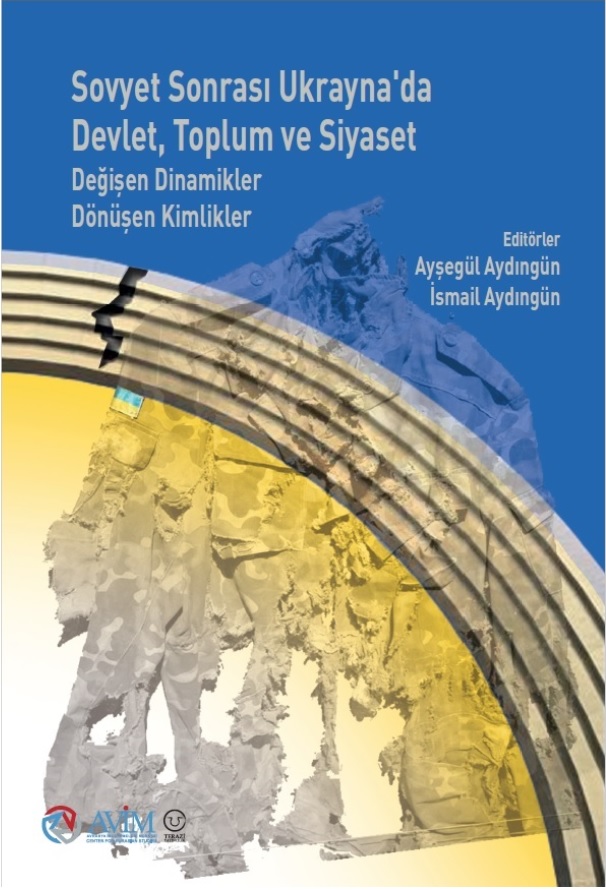
Sovyet Sonrası Ukrayna’da Devlet, Toplum ve Siyaset - Değişen Dinamikler, Dönüşen Kimlikler -
12.06.2018
Ermeni Sorunuyla İlgili İngiliz Belgeleri (1912-1923) - British Documents on Armenian Question (1912-1923) -
02.12.2016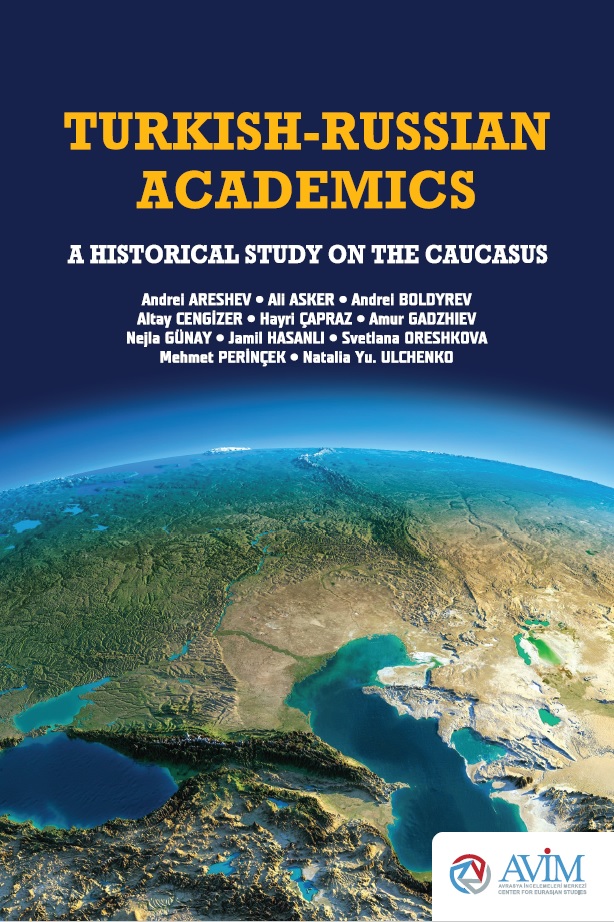
Turkish-Russian Academics: A Historical Study on the Caucasus -
01.07.2016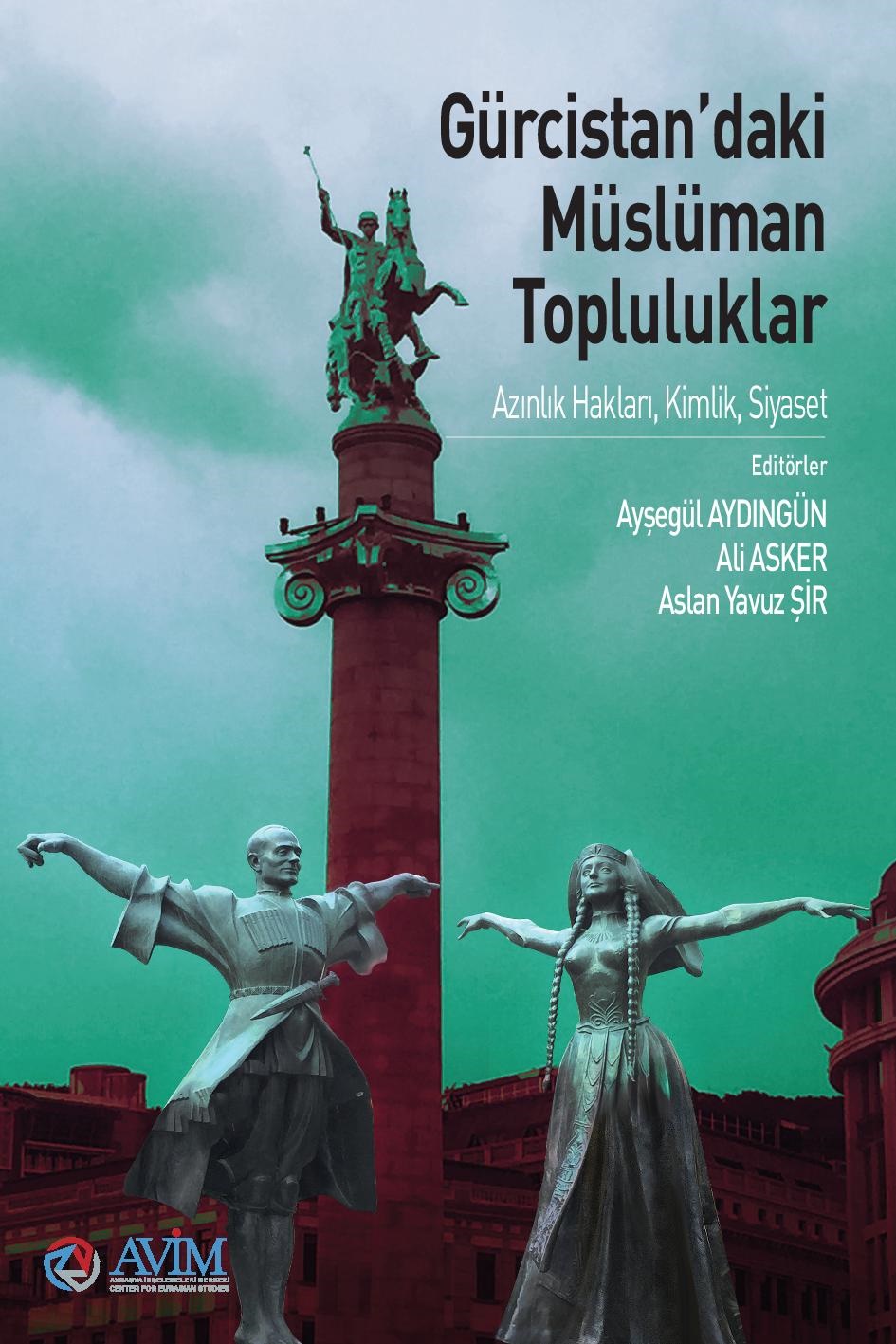
Gürcistan'daki Müslüman Topluluklar: Azınlık Hakları, Kimlik, Siyaset -
10.03.2016
Armenian Diaspora: Diaspora, State and the Imagination of the Republic of Armenia -
24.01.2016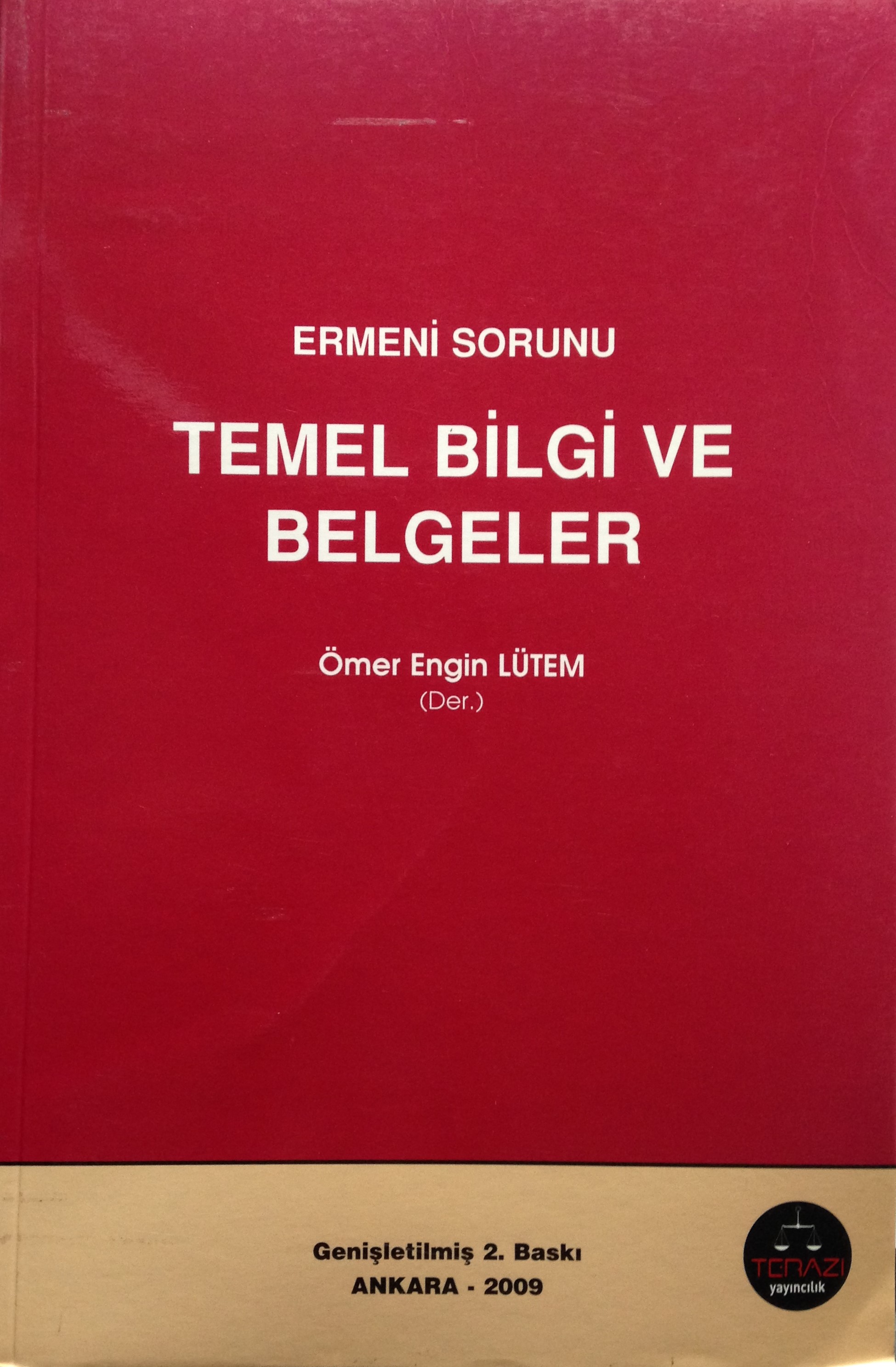
ERMENİ SORUNU - TEMEL BİLGİ VE BELGELER (2. BASKI)
-
AVİM Conference Hall 24.01.2023
CONFERENCE TITLED “HUNGARY’S PERSPECTIVES ON THE TURKIC WORLD"

